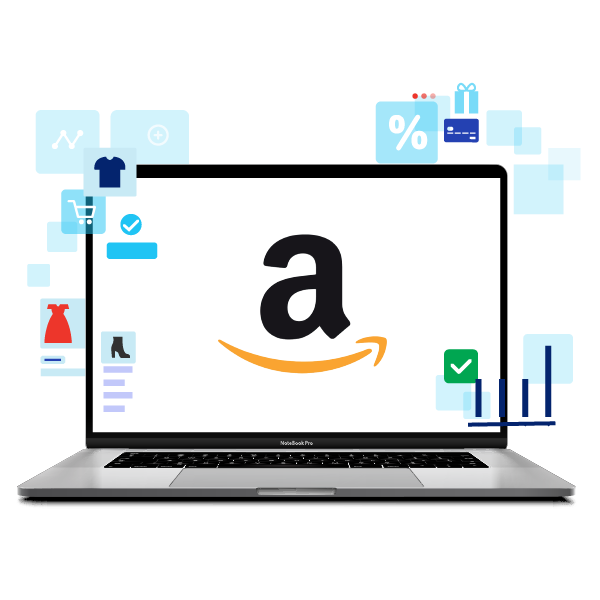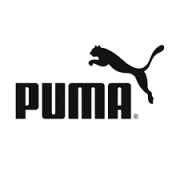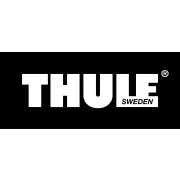Unlock your full potential on Amazon with Marketplaces PX
Grow your revenue fast
Significantly speed up your go-live time on Amazon. Get access to Amazon Business, your B2B Amazon marketplace. Create product listings that always match the latest requirements.
Unlock your team’s efficiency
Reduce your costs by streamlining your daily workflow with automated processes and user management, gaining control and visibility.
Boost your conversion rate
Publish error-free, high-quality product information, including A+ Content to increase your conversion rate and Amazon rankings.

Global Amazon connection
Publish your product content to any Amazon (Business) Marketplace in the world through our Global Amazon connection. Create and update your product listings dynamically on Amazon Seller and Vendor Central in all major countries.
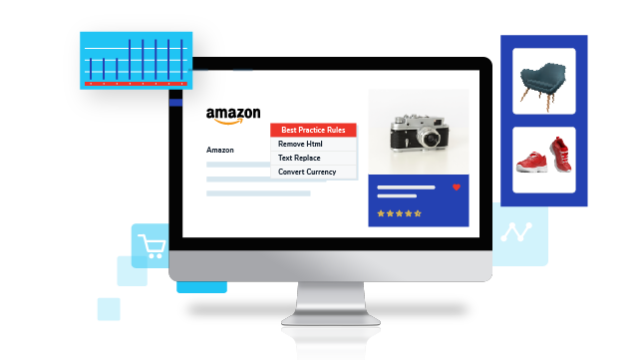
A+ Content builder
Build a compelling brand story and enrich your Amazon product listings by creating and exporting A+ Content directly from Marketplaces PX to Amazon. Create your content with our drag-and-drop interface and boost your conversion rate quickly.
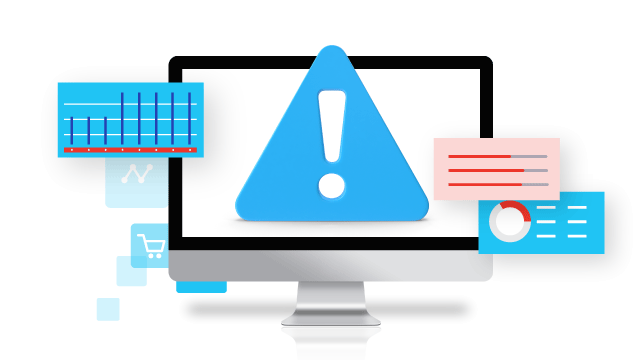
Order integration
Take advantage of Amazon order integrations to receive and sync order information with your OMS. This reduces the manual effort normally required to update orders in Amazon Seller Center.
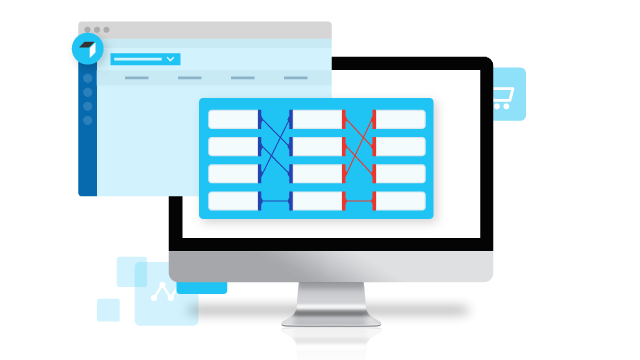
Amazon business
Expand your reach and leverage your presence on Amazon Business, Amazon’s B2B space. Marketplaces PX will help you set up your Business Price, Bulk Discounts and get your listings ready for B2B customers. Finally, with our Amazon Orders Data Source, you easily import business buyer info such as company address and shipping preference.
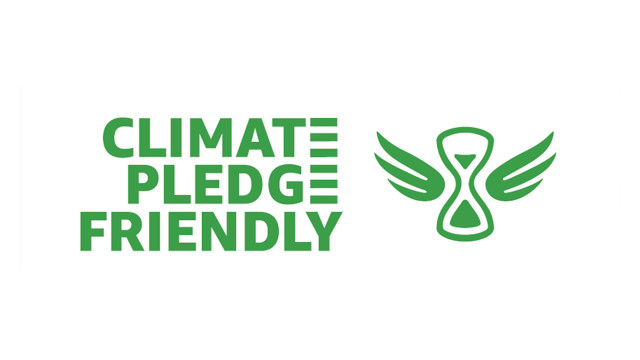
Climate Pledge Friendly
Productsup supports the Amazon Climate Pledge Initiative by participating in the invite-only Climate Pledge Friendly Accelerator program for eligible sustainable sellers. Climate Pledge Friendly products can benefit from several visibility features like Climate Pledge Badge, advertising strategic placements, inclusion in dedicated storefronts, marketing activations, and Climate Pledge Buying Policy in Amazon Business.
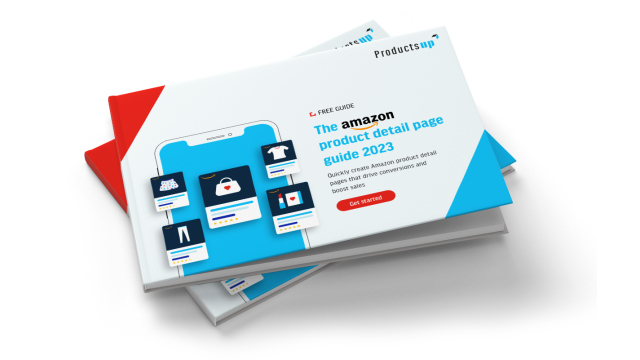
The ultimate Amazon product detail page guide 2023
Are you looking to start selling on Amazon or want to improve your product detail page conversion rate? Our Amazon guide will give you the latest tips to create engaging and optimized product detail pages and drive more conversions.
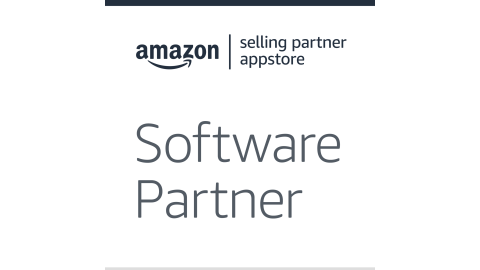
Productsup is an Amazon trusted partner. Learn how to start selling on Amazon Seller Central.
